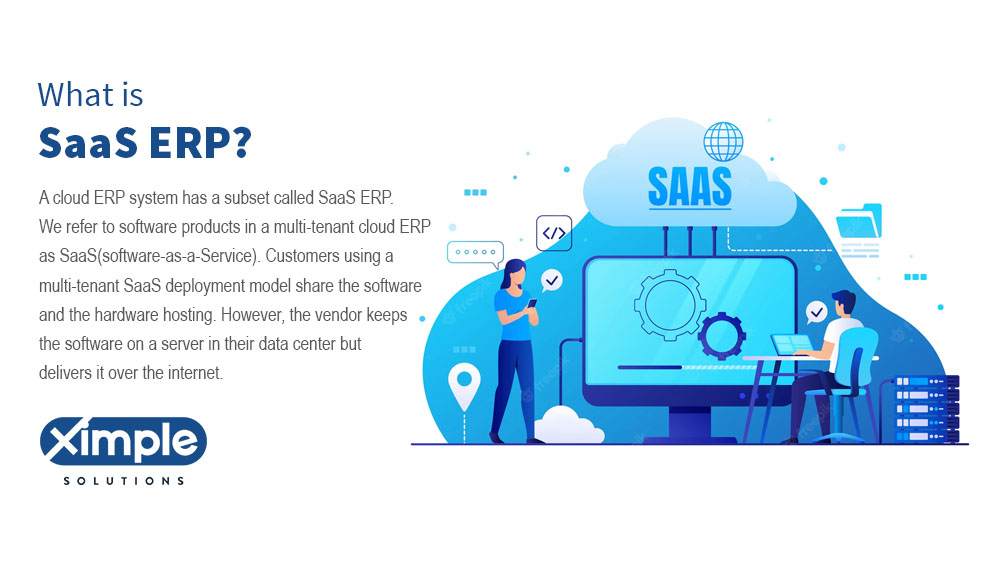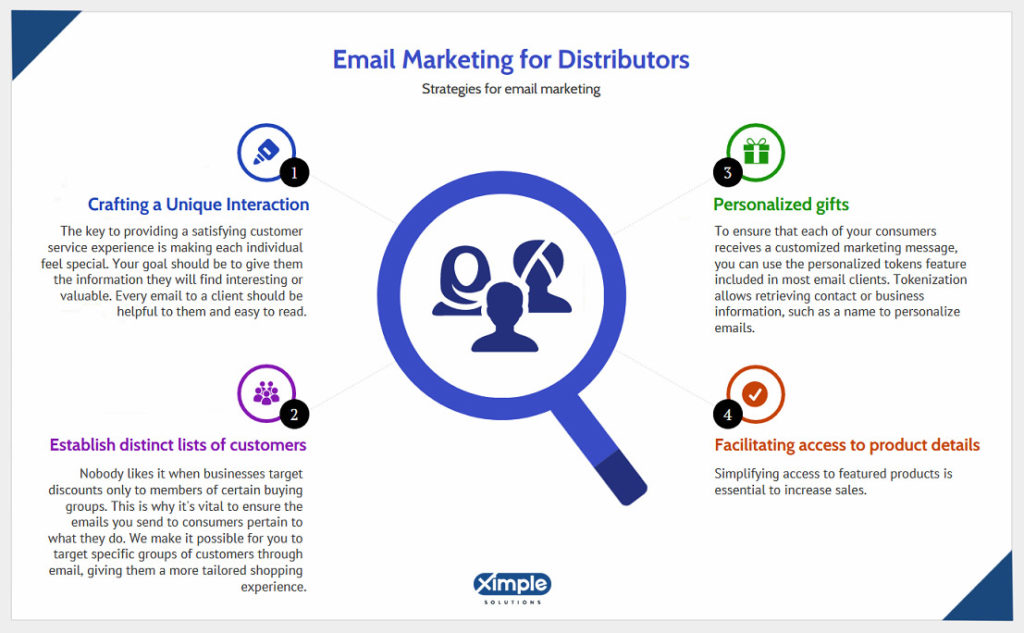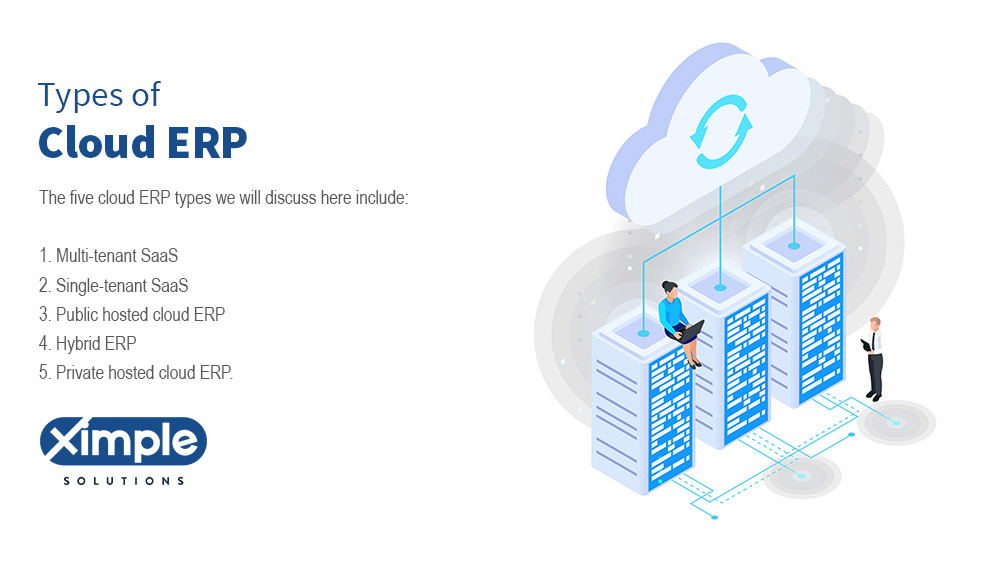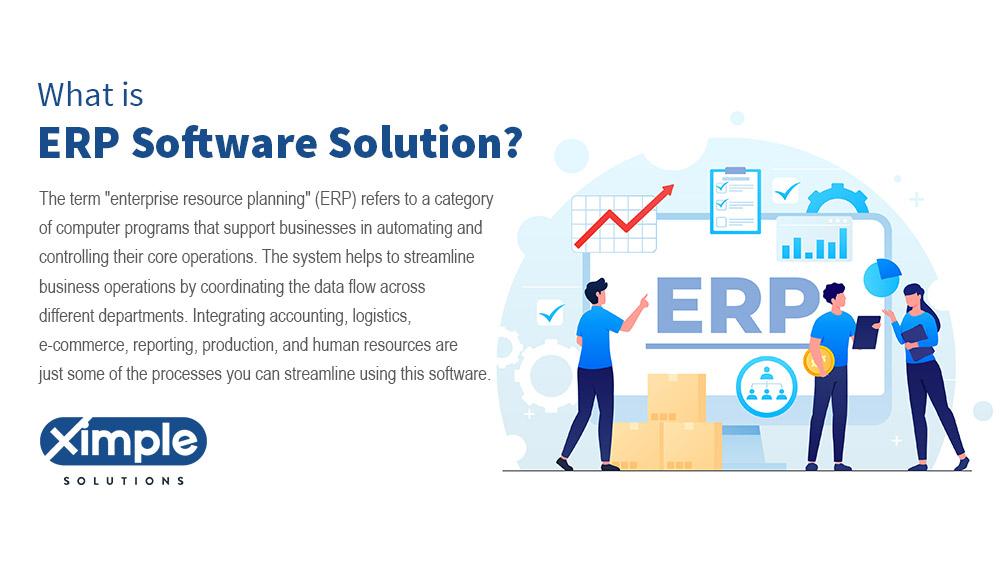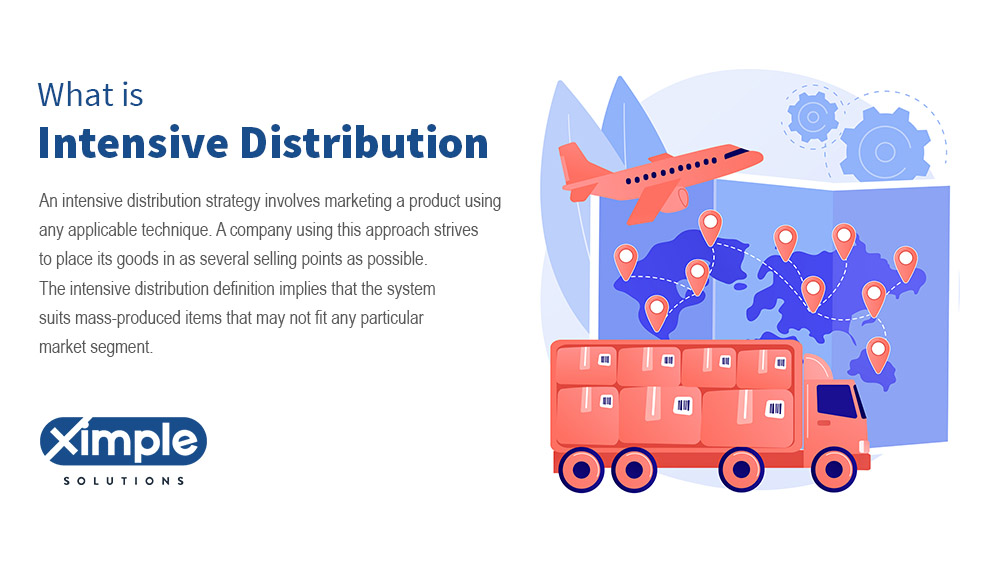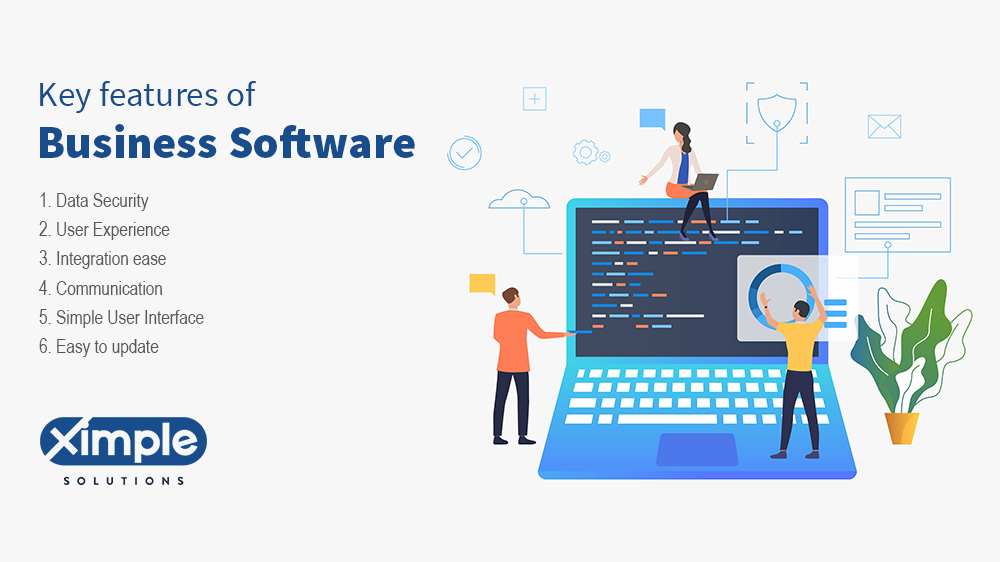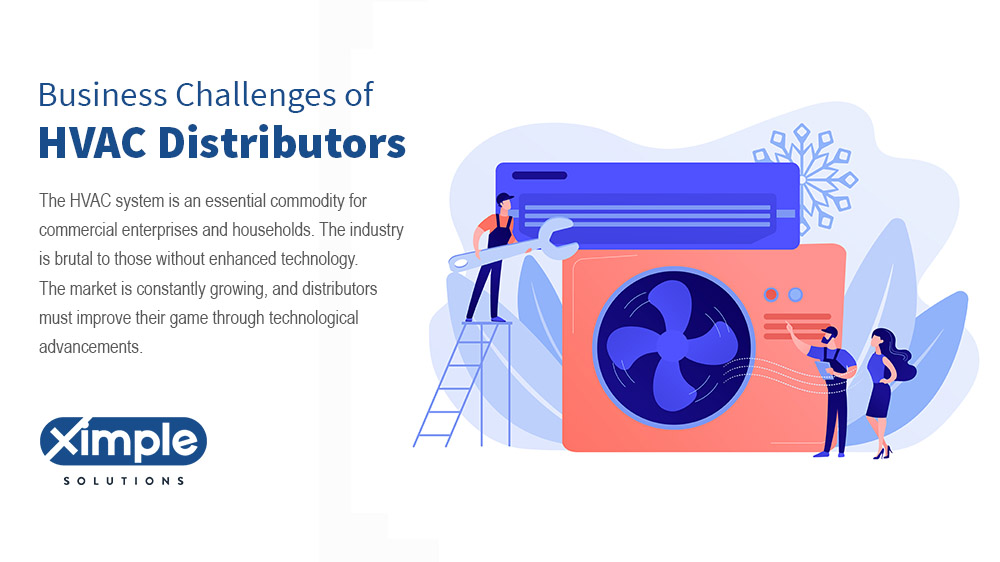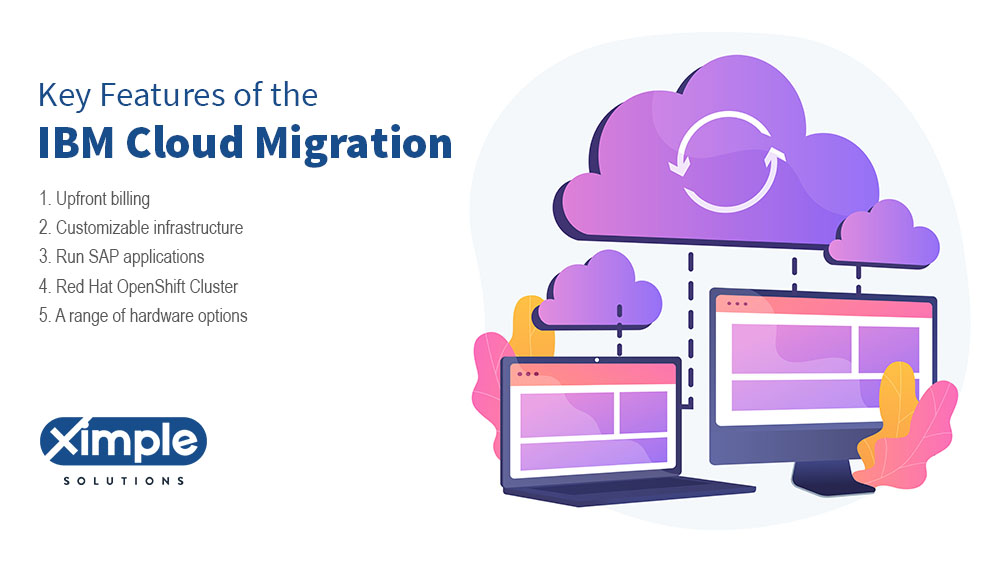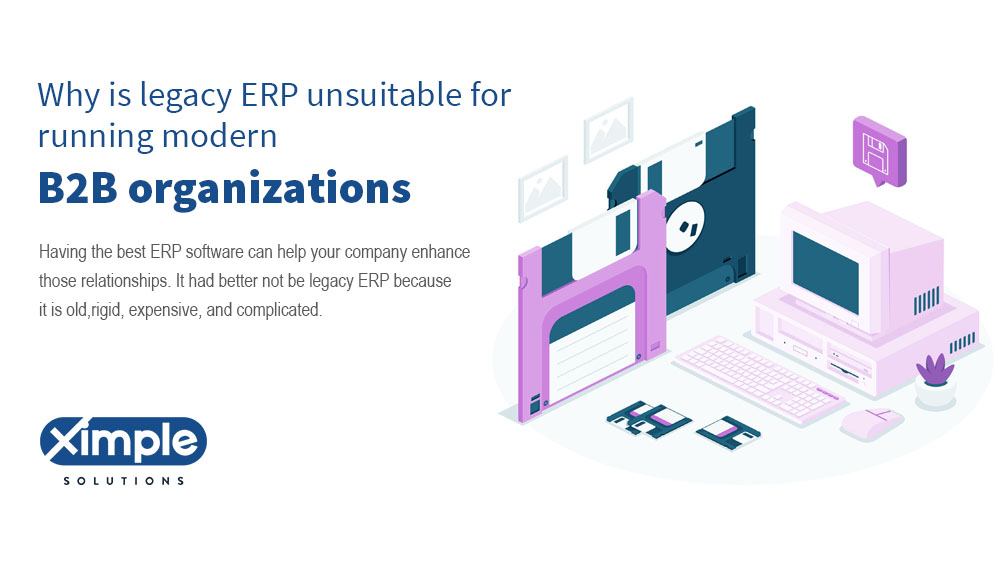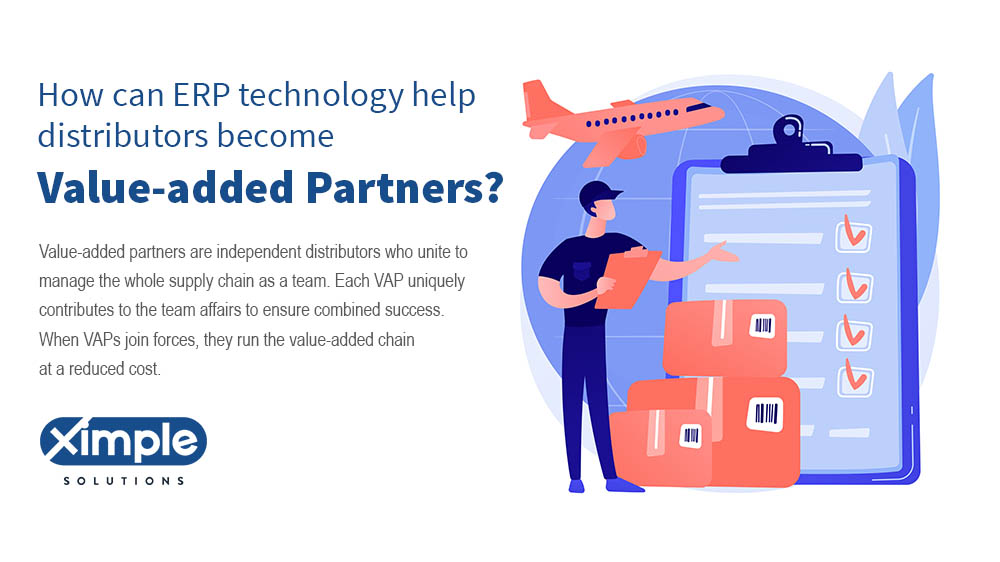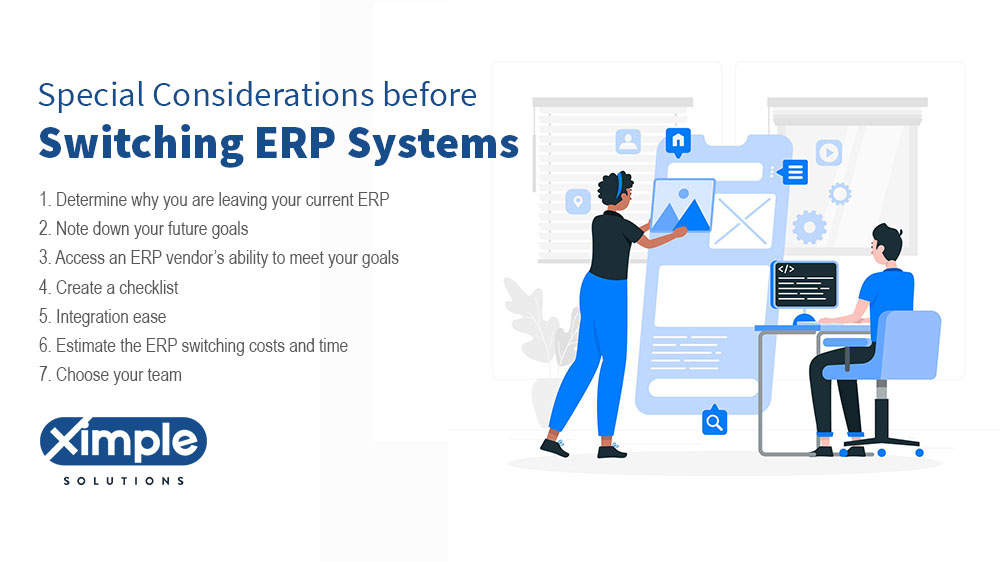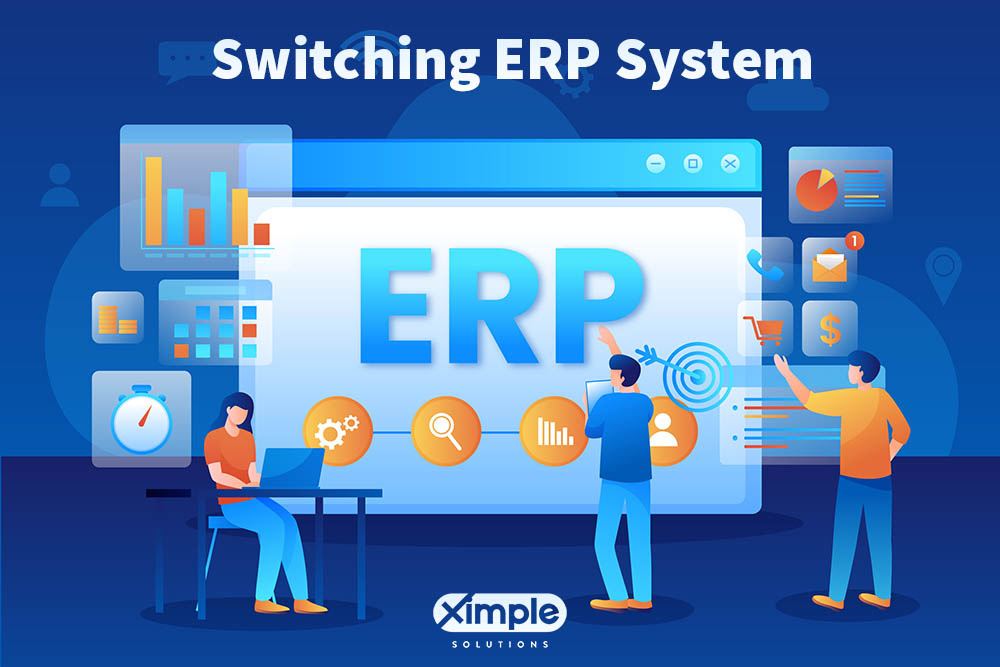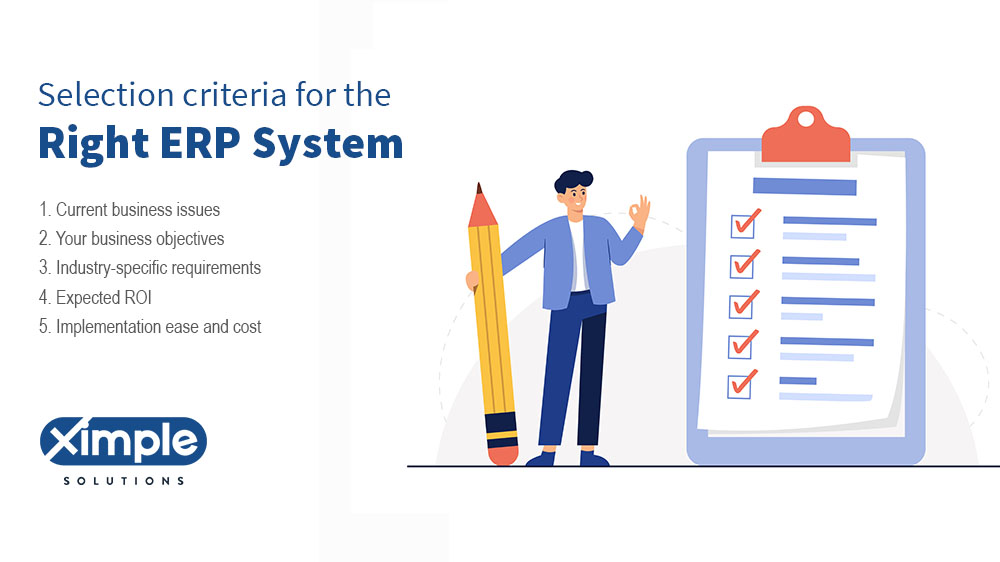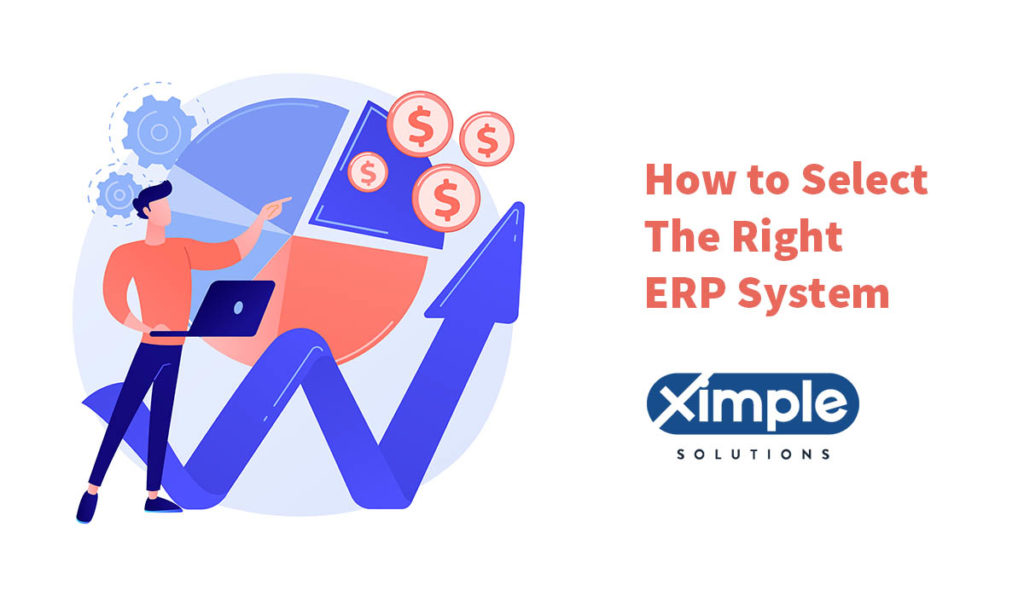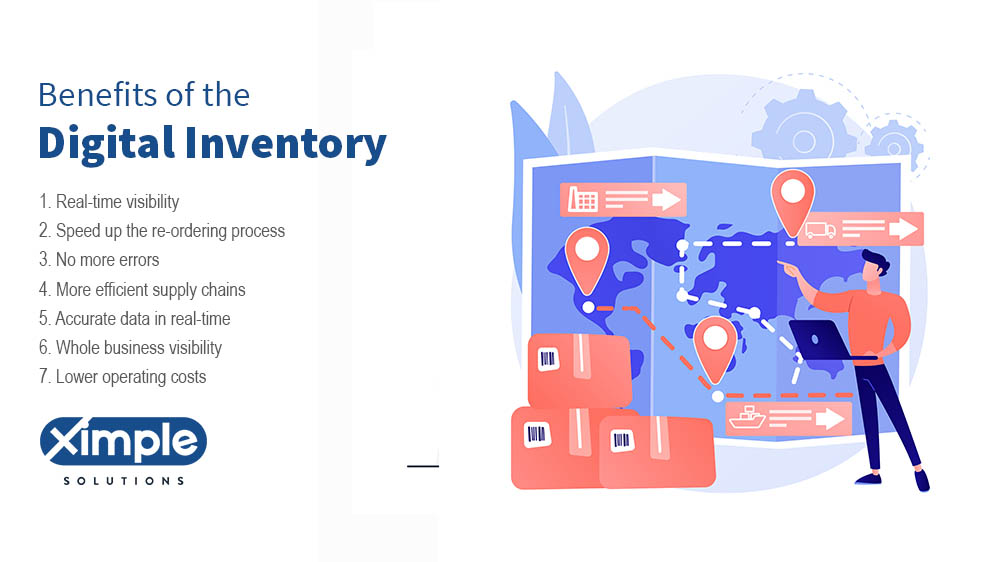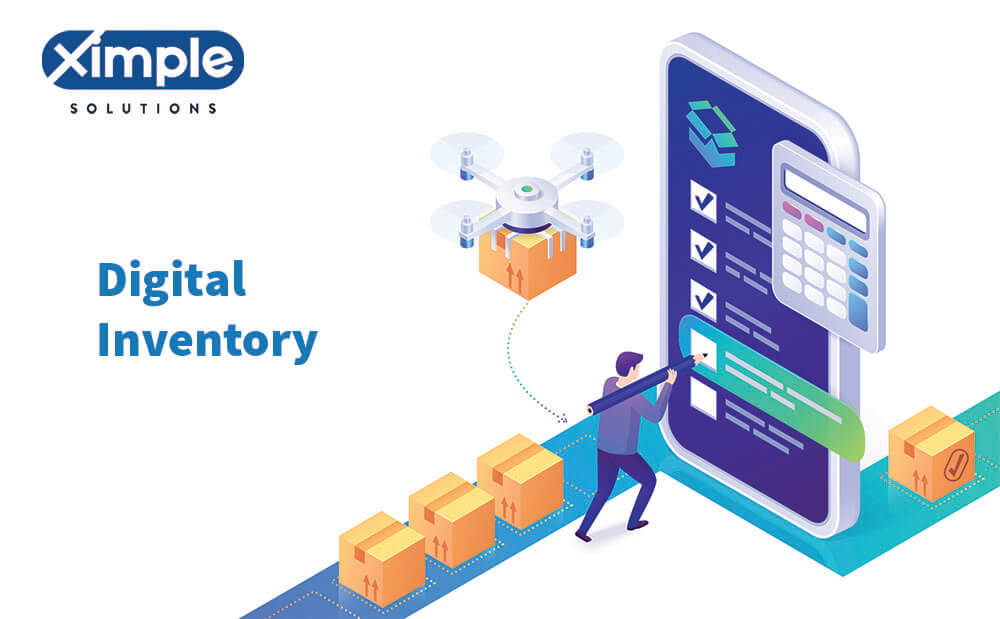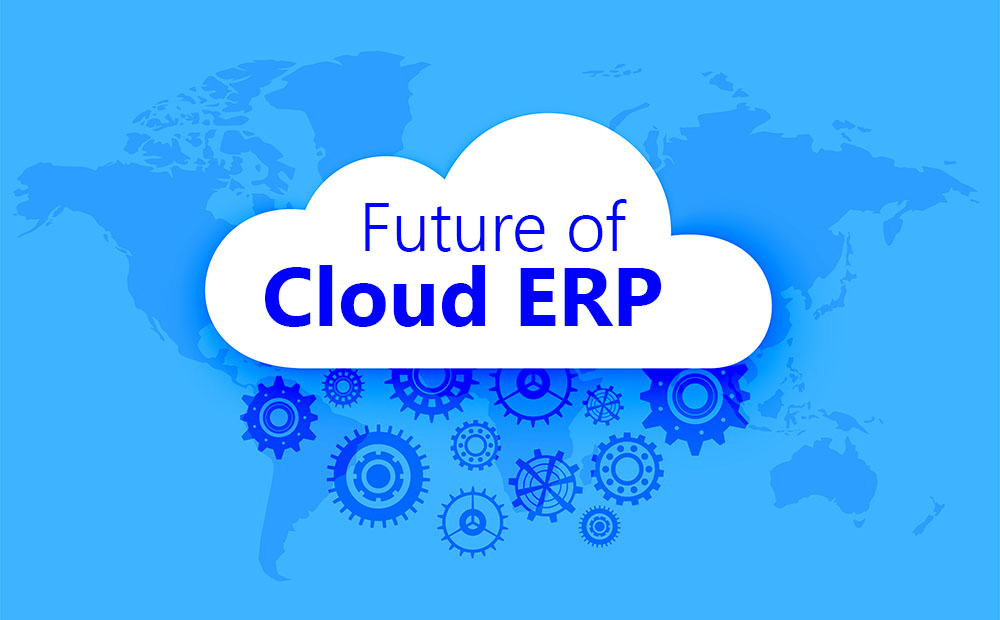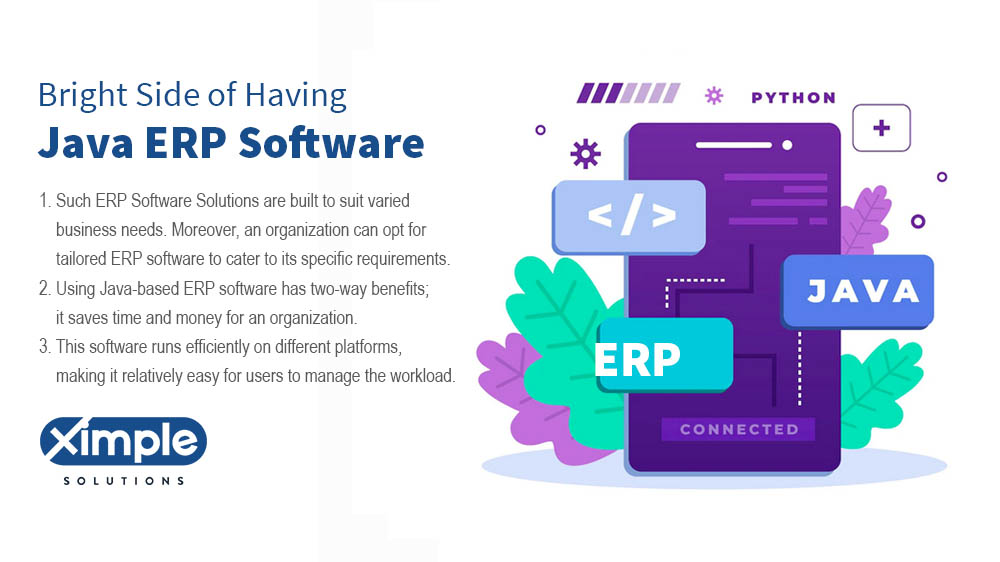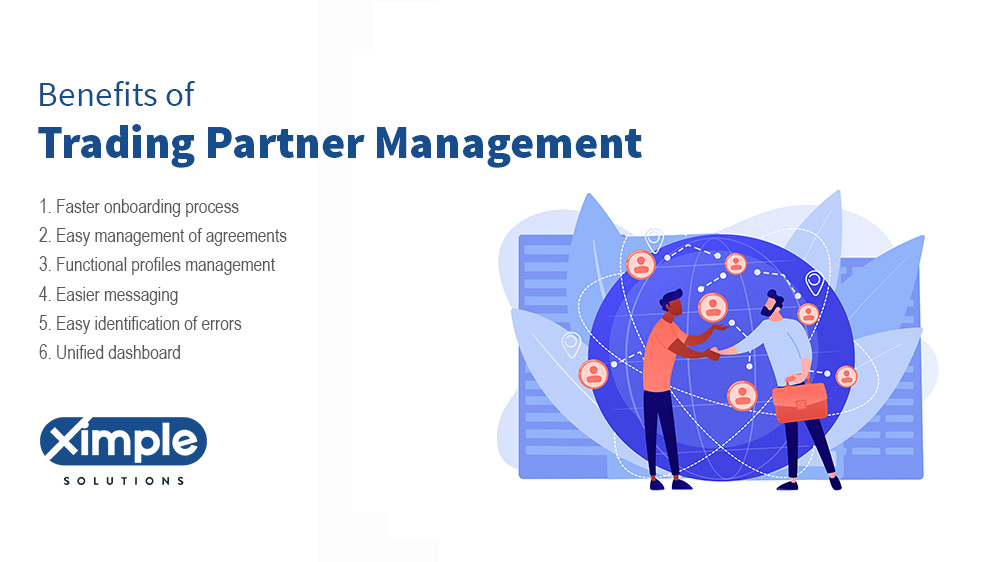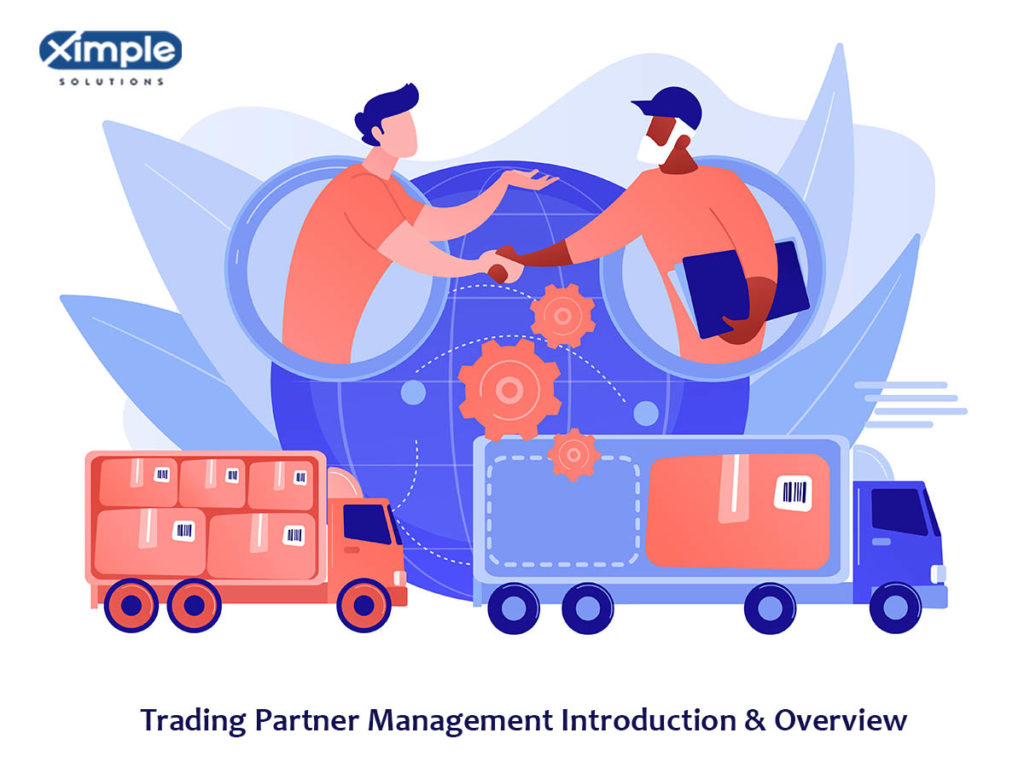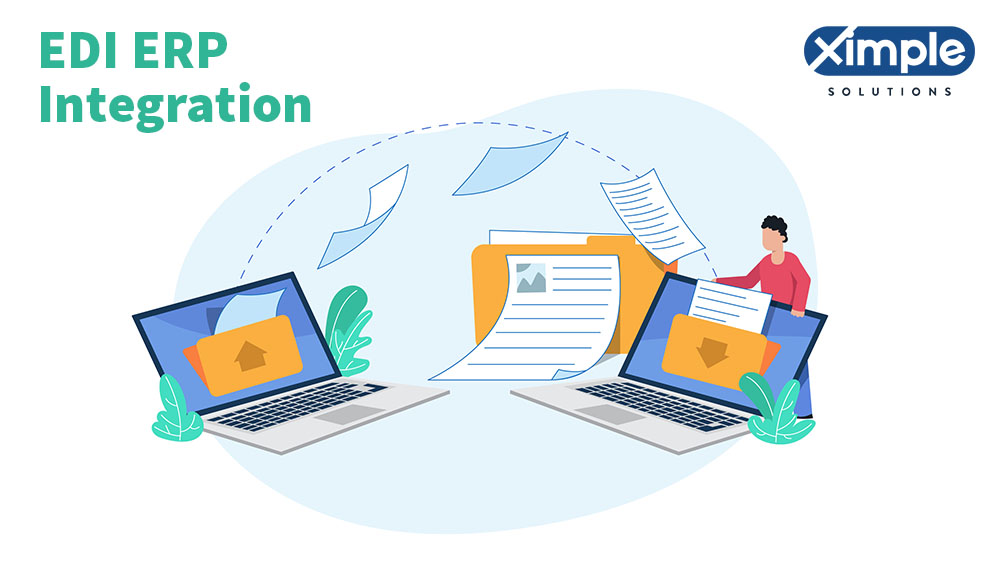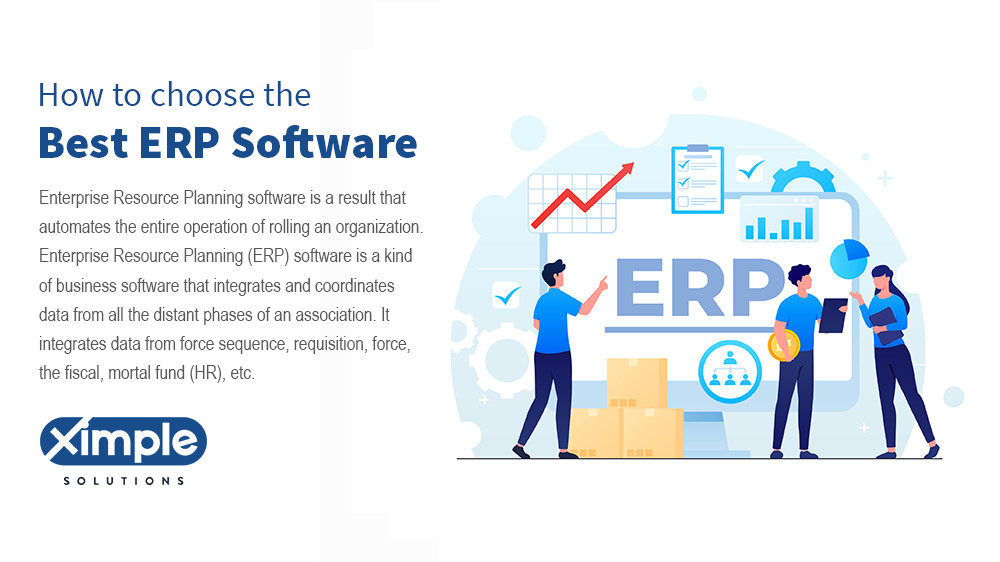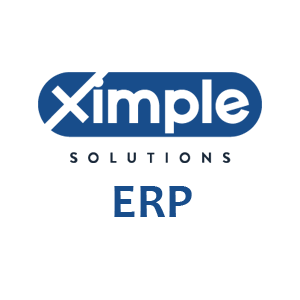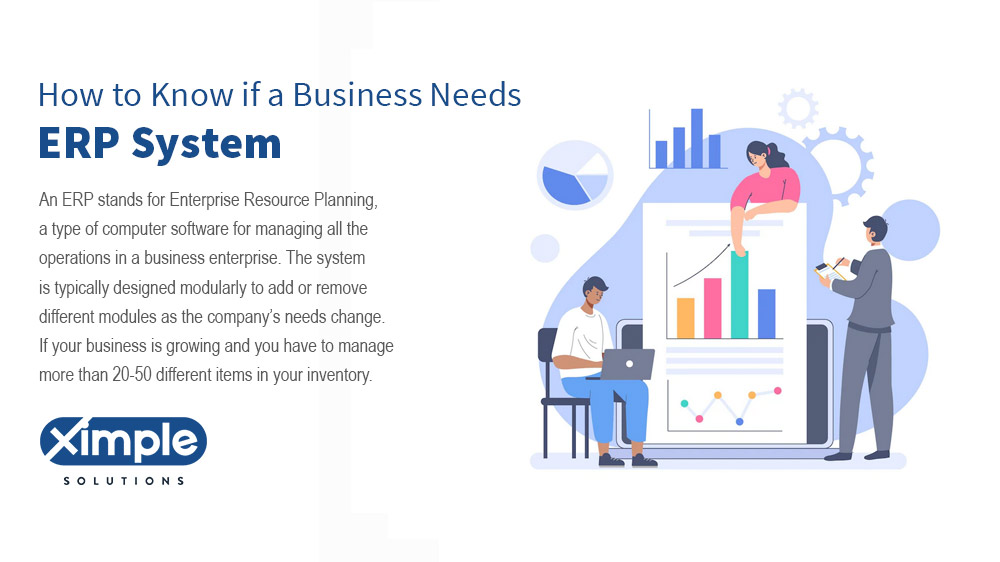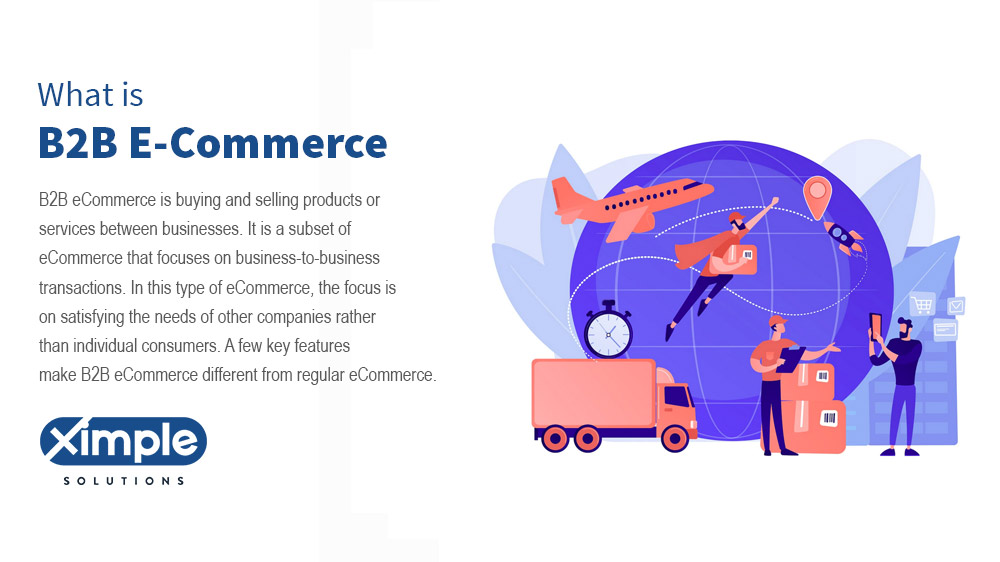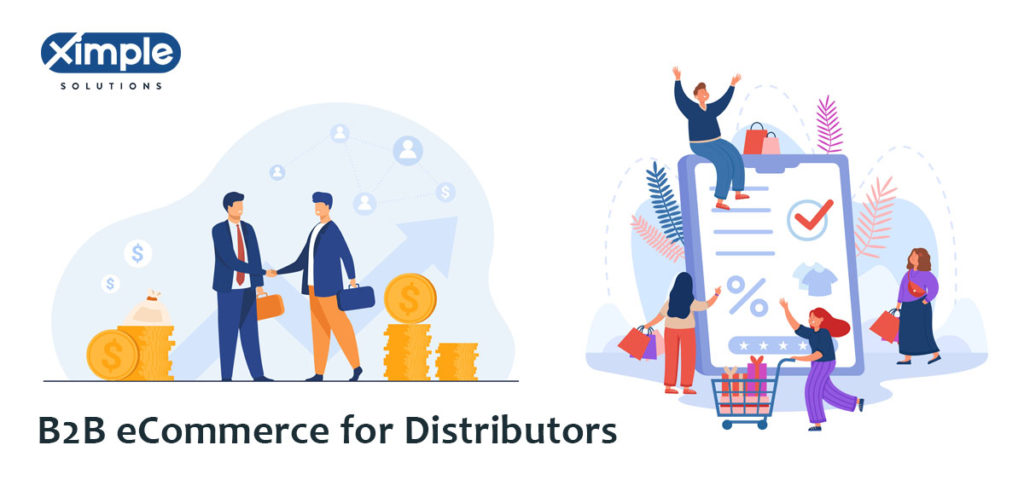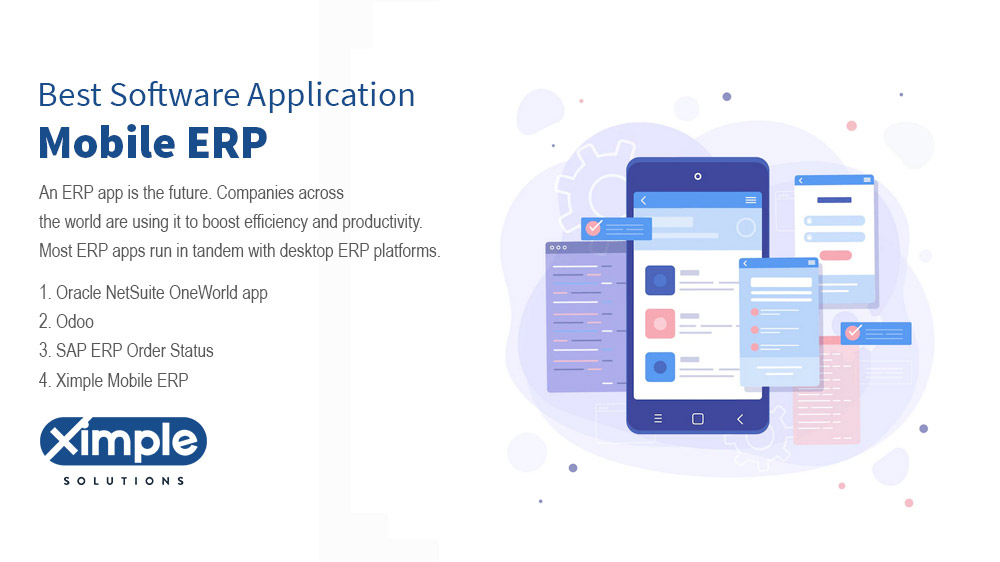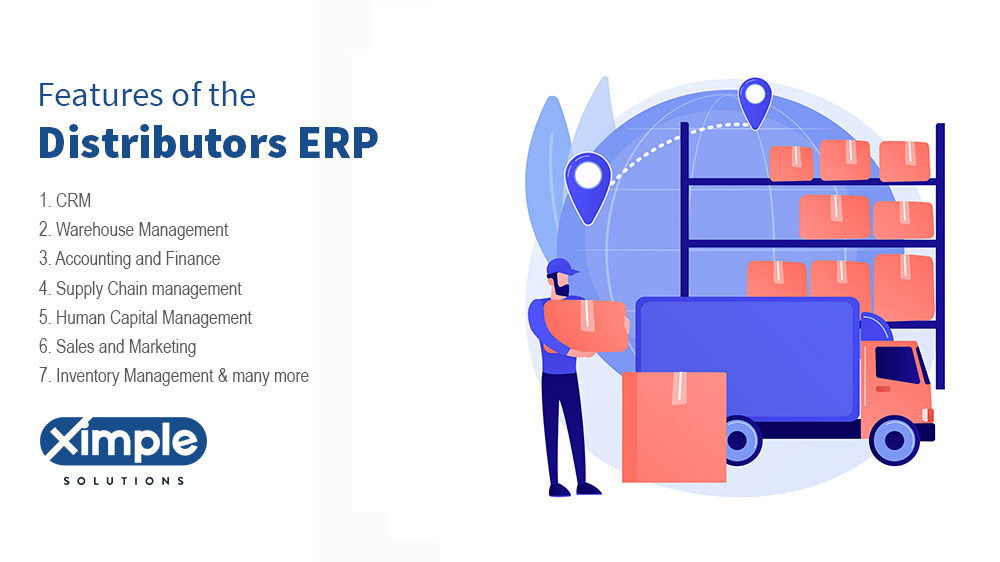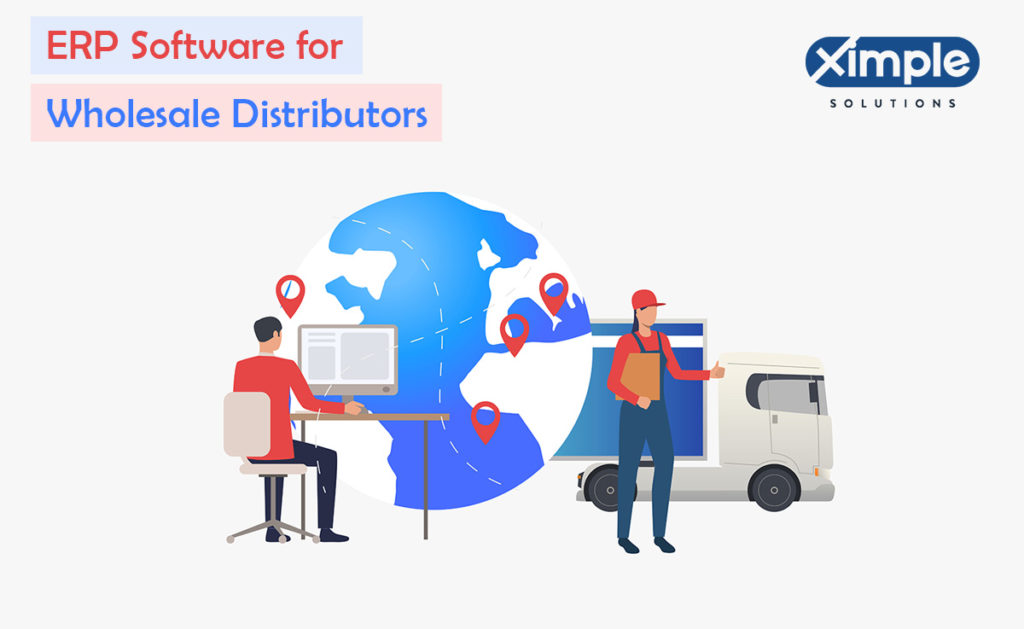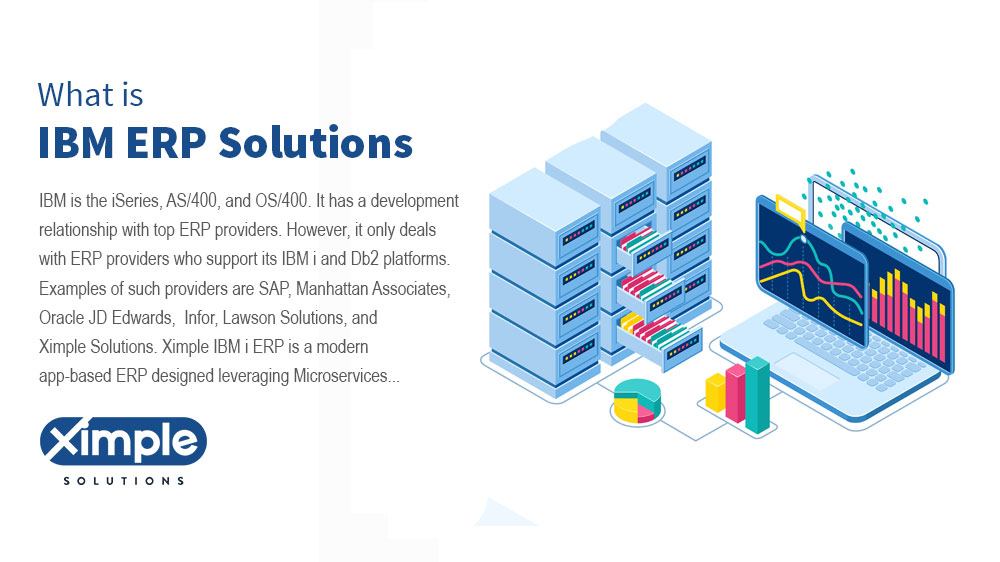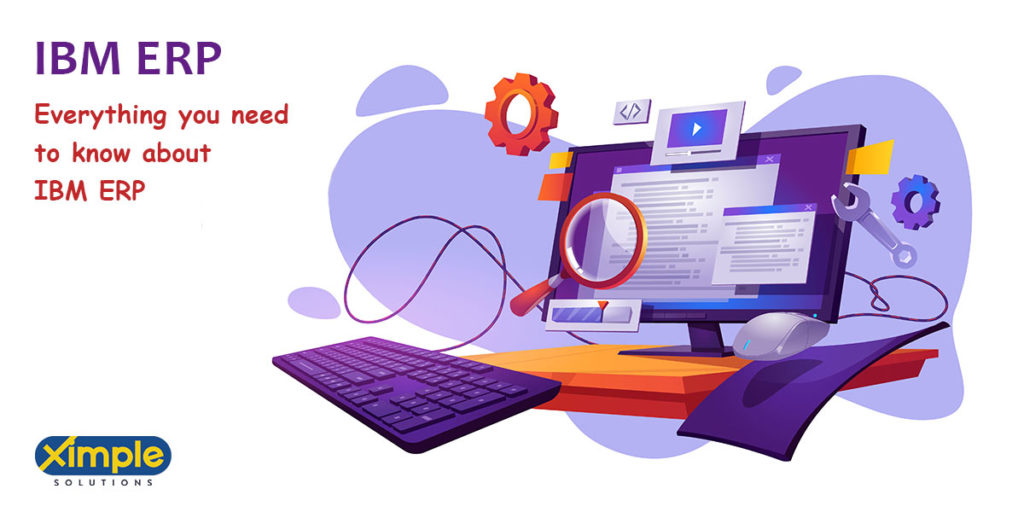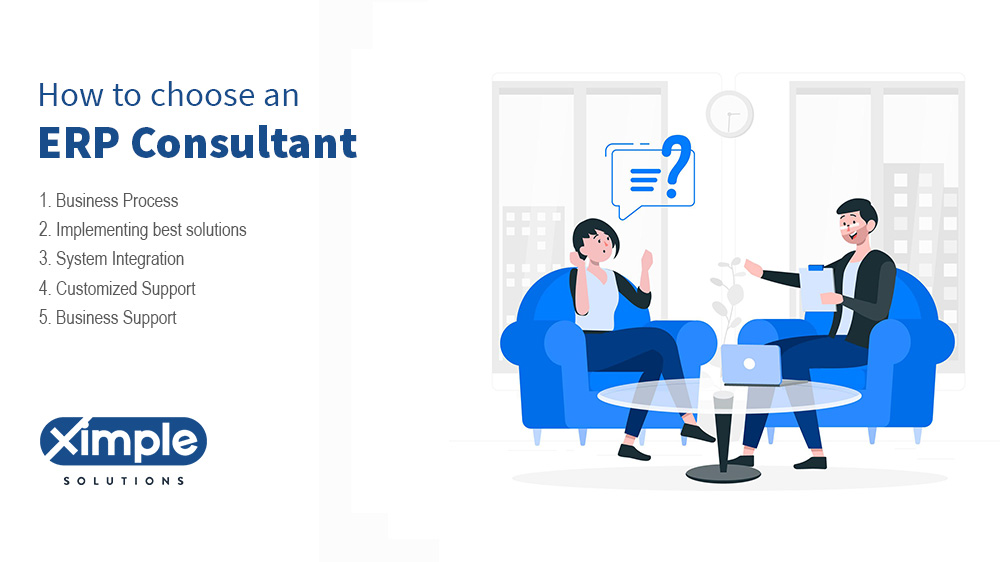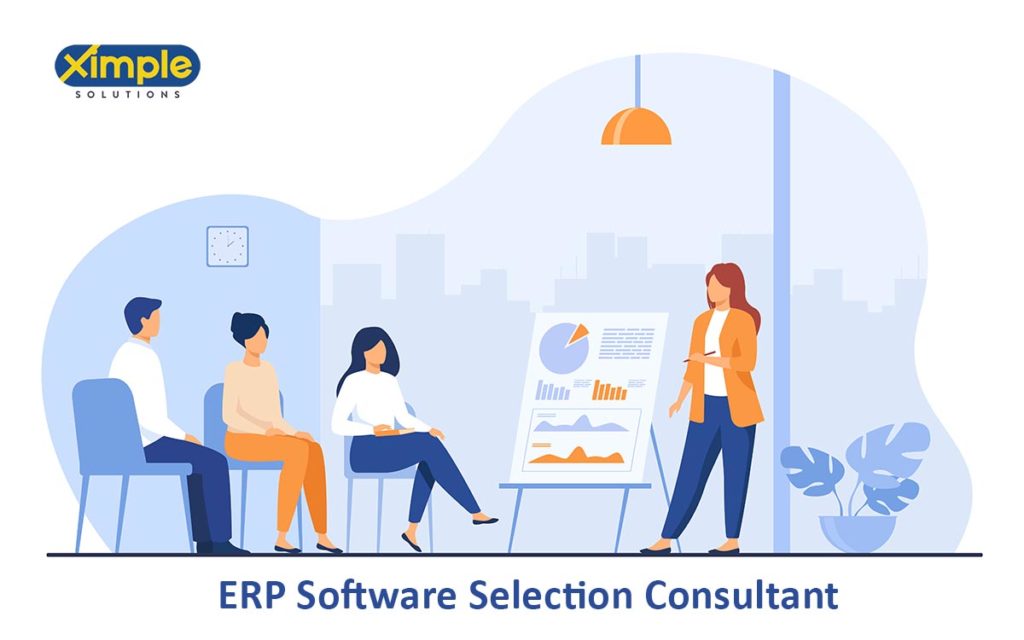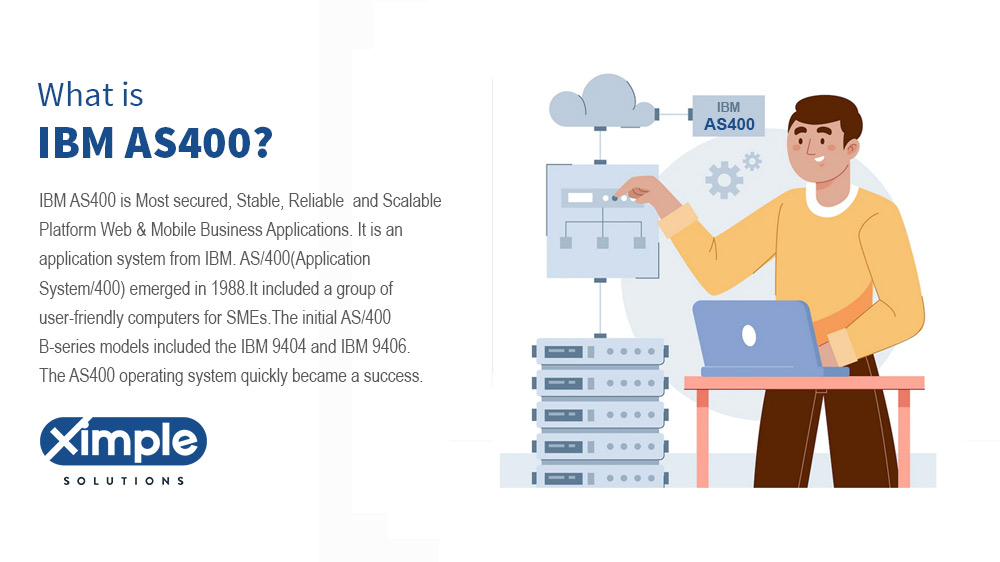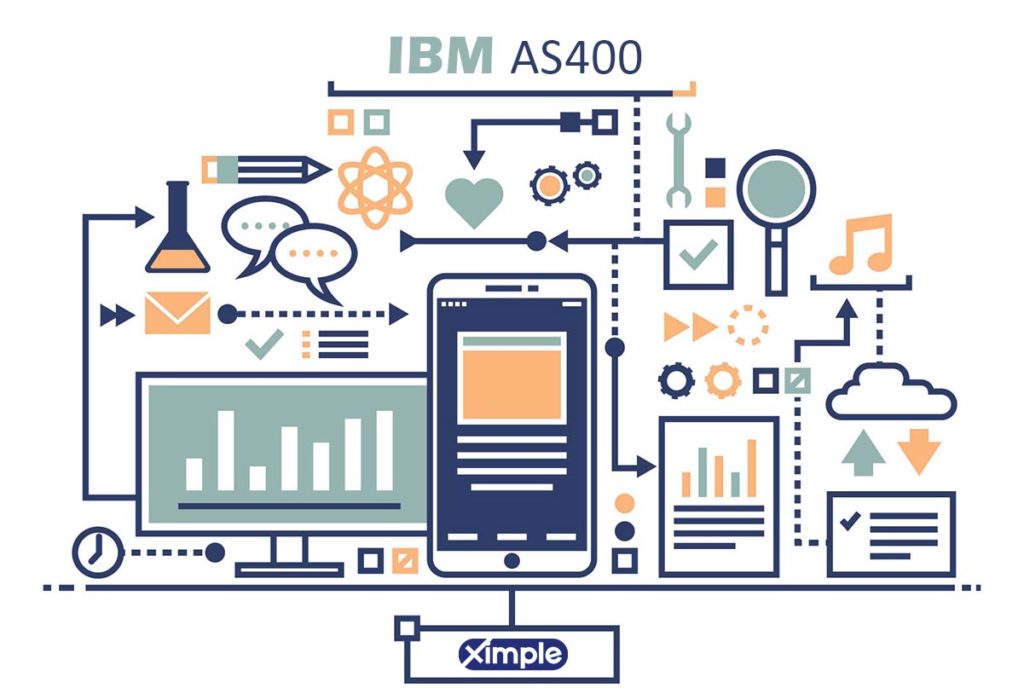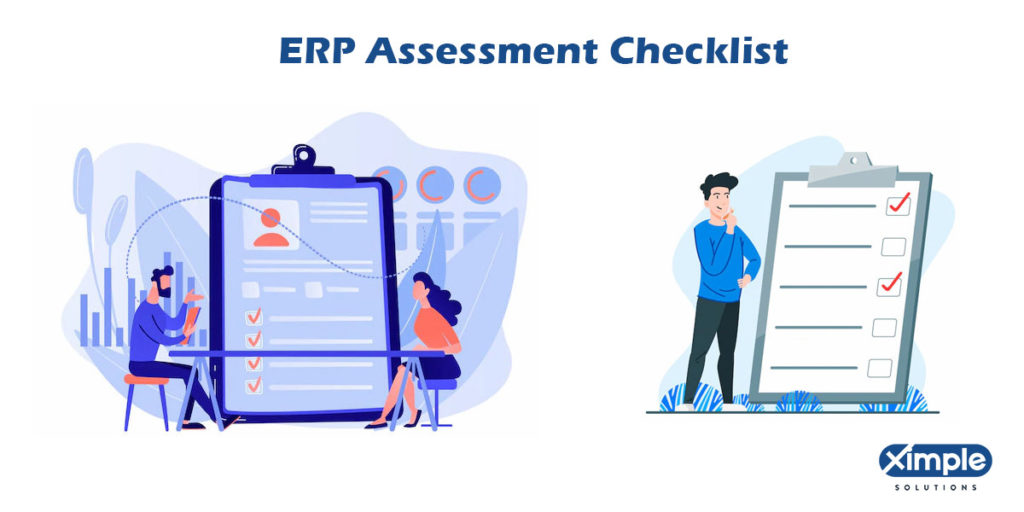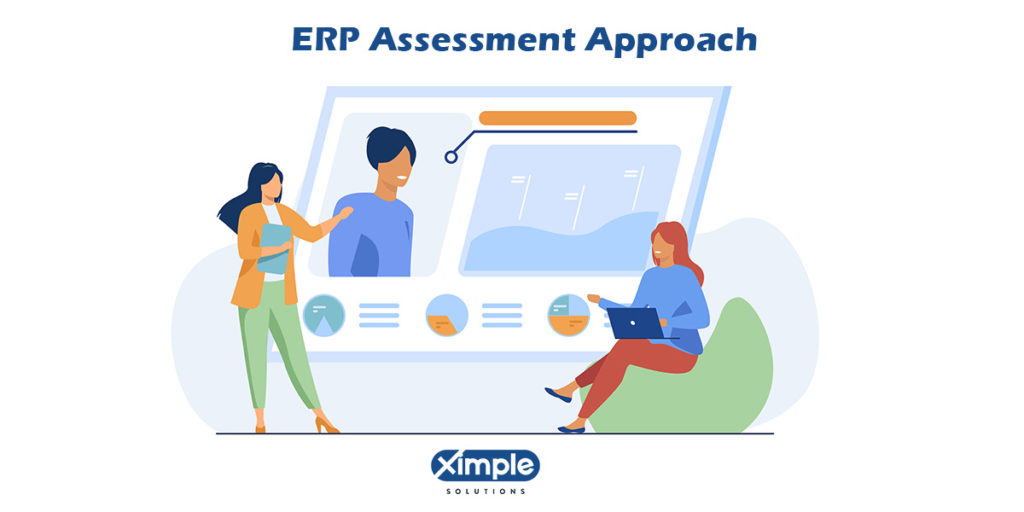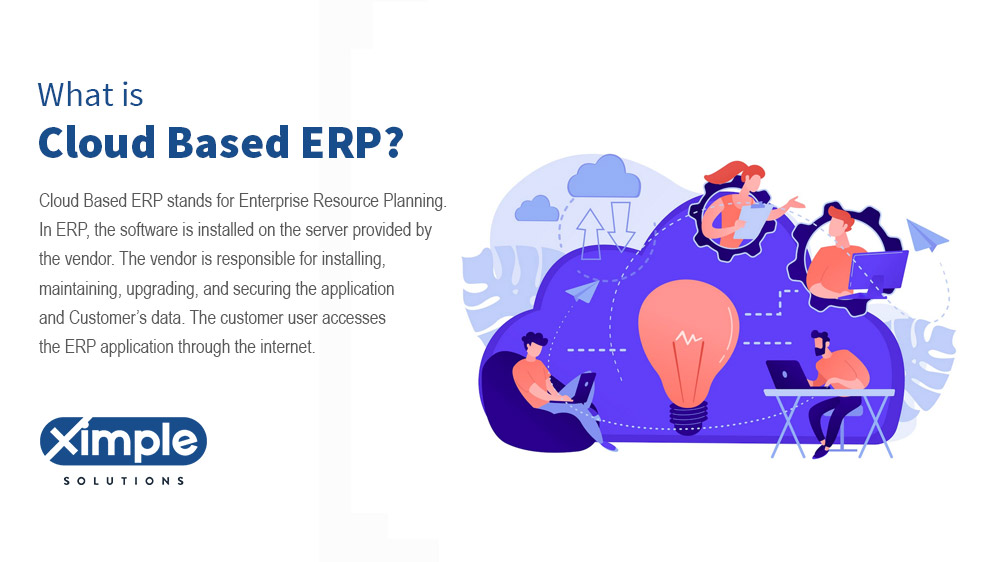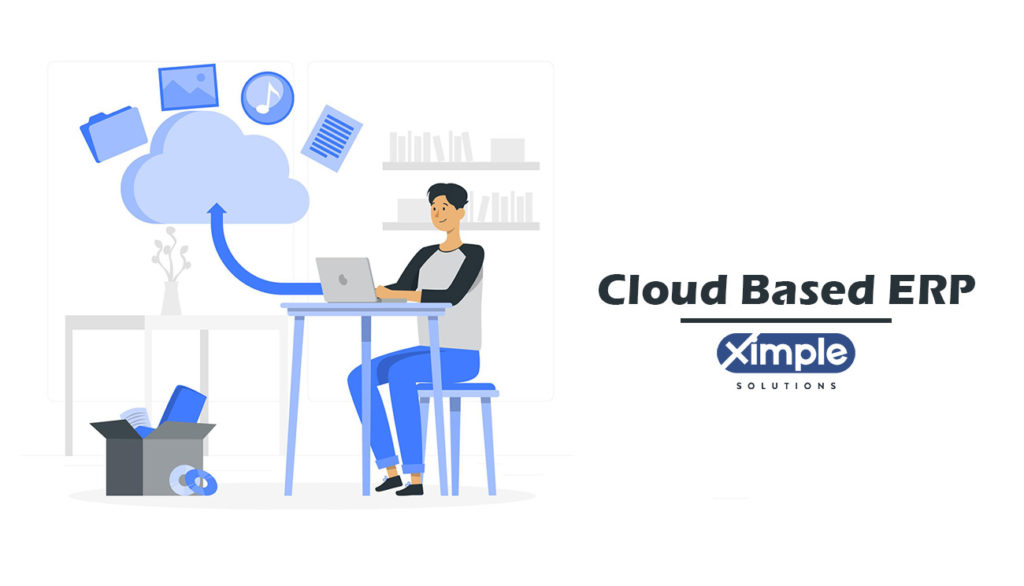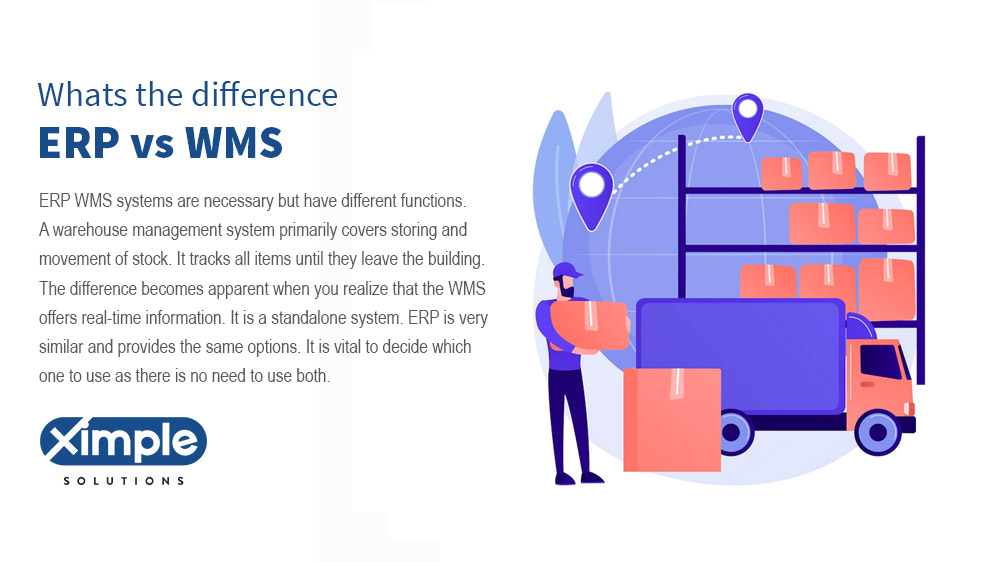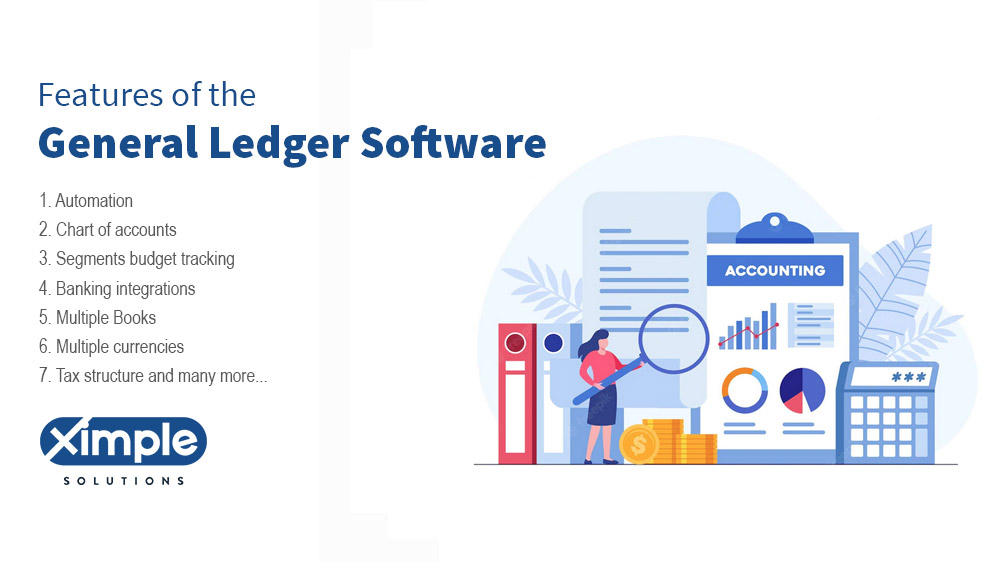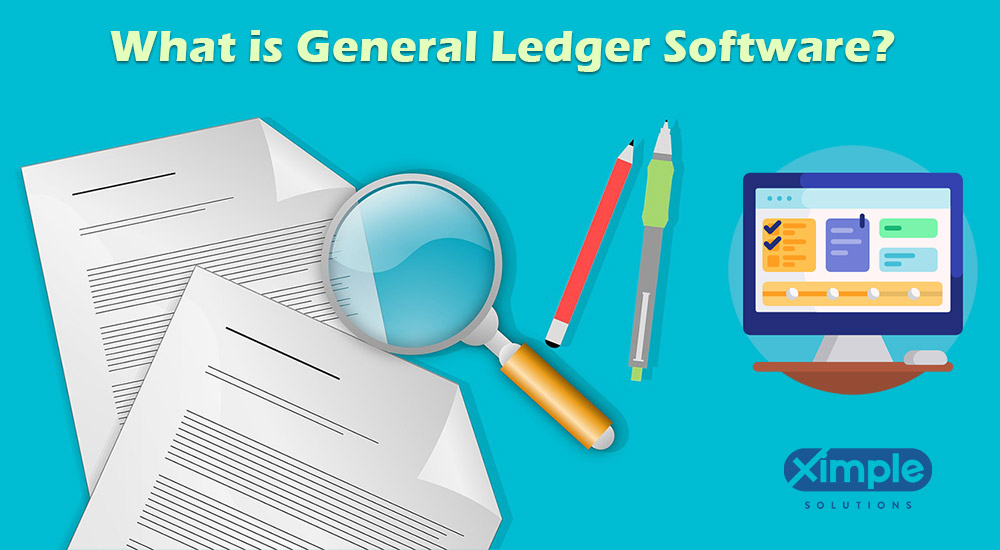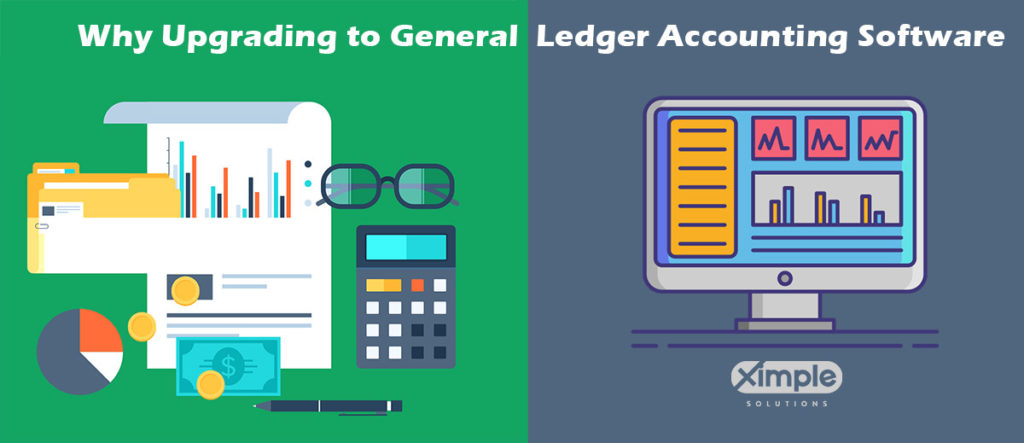What is Procurement?
The users of procurement content are organizations, businesses, and individuals involved in the procurement process. This includes procurement professionals, supply chain managers, purchasing managers, and others involved in the process of acquiring goods, services, and works needed for the functioning of an organization. Procurement is a critical part of the supply chain management process, and it is important for those involved in the process to have a good understanding of procurement objectives, steps, trends, and models to be able to execute an effective procurement strategy.

Procurement encompasses all the actions a company takes to purchase the goods, services, or works needed to function. Those goods and services are acquired from an external source and, most of the time, through a bidding process.
It plays a significant part in an organization. It is a critical part of the supply chain management process, as it ensures the timely and cost-effective acquisition of materials and other resources needed to complete business operations. An effective procurement strategy requires careful planning and execution and involves assessing potential suppliers and negotiating the best conditions and prices. It consists of several stages, such as creating a procurement plan, selecting suppliers, evaluating bids, negotiating contracts, and coordinating delivery. Each step is critical to ensure that the items and services acquired meet quality standards and serve the company’s best interests. The procurement process can be complex and risky, so companies must take the time to plan, evaluate, and negotiate for the best deal.
Procurement Objectives
Generally, procurement involves optimizing the value of purchases while minimizing overall costs and risks. To achieve these objectives, organizations should focus on the following primary purposes:
Reduce overall costs
Procurement aims to secure the best prices for goods and services. To achieve this goal, procurement professionals employ various strategies and tactics. They can invite multiple suppliers to submit proposals, compare the different offers, and select the best value for money.
Guarantee a high Quality
Quality assurance refers to the measures taken to ensure purchased items meet the required quality standards. The purchasing organization may set these required standards internally, or external regulatory bodies may impose them. To ensure compliance with these standards, procurement professionals utilize strict evaluation criteria, which are used to assess the quality of the goods, services, or works being procured. In addition to evaluating the quality of the items themselves, procurement professionals also monitor the supplier’s performance to ensure that they meet the required quality standards. This may involve reviewing the supplier’s track record, analyzing their production processes, or conducting on-site inspections.
Deliver on time
One of the main goals of procurement is to ensure the timely delivery of purchased items. Procurement experts establish clear delivery schedules with suppliers to achieve that goal and monitor their performance. It helps minimize disruptions to the organization’s operations. The necessary items are available when needed.
Manage Risks
When it comes to procurement, risk management is a critical objective that every company wants to reach. External sourcing exposes the company to various risks as it involves the acquisition of goods, services, or works from external sources. By establishing clear contracts with suppliers, procurement professionals can outline the terms and conditions of the purchase, including the price, delivery schedule, and performance standards.
How does Procurement work?
Procurement typically involves the following steps:
Determine the need
The first step in procurement is determining what materials, services, or labor are required. The identification enables the company to ensure it has the resources necessary to achieve its goals. Obtaining the needed commodities from outside sources can begin after the requirement has been determined.
Analysis of the market
A market study throughout the procurement process enables the selection of possible suppliers and the evaluation of their qualifications and costs—this aids in identifying the ideal provider of the required item or service. The procurement team examines all the stakeholders throughout this process, including the customer’s demands, the suppliers’ capabilities, and costs, as well as the current market circumstances and trends.
Choose a provider
Choosing a supplier is a vital phase in the procurement process that entails picking the best supplier in light of the market study findings. When comparing the capabilities and costs of possible suppliers, procurement specialists utilize their experience and industry knowledge to choose the one that provides the most value for the money. This might entail a formal bidding procedure.
Negotiate a contract
Concluding the terms and conditions of the acquisition through contract negotiations with the chosen supplier is a crucial stage. In addition, clauses governing dispute resolution, termination, and other significant concerns may be included in the contract. Procurement specialists utilize their knowledge and negotiation abilities to get the best conditions for the company while negotiating a contract.
Monitor supplier performance
Monitoring supplier performance is a crucial phase in the procurement process that entails ensuring the supplier is adhering to the terms and conditions of the contract, such as delivery deadlines and quality standards. The performance of suppliers is tracked by procurement specialists using various methods, such as monitoring delivery logs, examining production procedures, and doing on-site inspections. When keeping an eye on supplier performance, procurement specialists can guarantee that the organization receives the products, services, or tasks it has contracted for in a timely and satisfactory manner.
Procurement Process and Technology
Procurement processes and technologies have evolved significantly in recent years with the adoption of digital platforms, artificial intelligence, and other advanced technologies. Some of the key trends in procurement technology include:
Electronic procurement
Systems for electronic procurement enables businesses to automate and streamline their purchasing procedures, from contract administration and payment through sourcing and bidding. These systems may be connected with other business systems, such as supply chain management (SCM) and enterprise resource planning (ERP) .
Supplier relationship management
Through instruments like performance ratings, collaboration portals, and supply chain analytics, supplier relationship management systems enable businesses to manage their relationships with suppliers more successfully.
Spend analysis
Systems for spending analysis help businesses examine their spending habits and spot areas where they may cut costs and boost productivity. Using data mining and machine learning approaches, these systems may evaluate vast volumes of data from many sources.
Procurement Models
There are several different procurement models that organizations can adopt, depending on their specific needs and circumstances. Some of the most common procurement models include:
Direct procurement
A direct procurement model is a procurement approach in which the supplier is contacted directly by the organization to purchase products or services. This approach is often employed when the company can find a qualified provider who can satisfy those objectives and has a clear grasp of its own needs. A lot of advantages come with the direct procurement approach, such as:
- The flexibility to negotiate specific terms and conditions,
- The possibility for cost savings through direct talks with the supplier, and
- The capacity to forge enduring, trusting bonds with the provider.
On the other hand, the absence of competition might lead to higher pricing and increased transaction costs, possible drawbacks of the direct procurement approach.
Indirect procurement
“Indirect procurement” refers to the acquisition of items, services, or labor that is not immediately connected to the organization’s primary functions or outputs. These products are often referred to as indirect commodities or benefits, including office supplies and expert services.
While standardizing the organization’s purchasing criteria and assisting with supplier negotiations, indirect procurement can sometimes lack customization and call for sophisticated supply chain management systems.
Strategic sourcing is another term for indirect procurement, which is often managed differently from direct procurement, as it involves aggregating purchases together and negotiating contracts with multiple suppliers at once.
Types of Procurement
There are several different types of procurement based on the nature of the goods, services, or works being procured:
Capital procurement
A long-term asset acquisition that creates value over time is referred to as capital procurement. Larger, more complicated purchases are made and are typically subject to more rigorous planning and evaluation processes. The anticipated return on investment, the influence on the operations and capacities of the organization, and the risk profile of the acquisition are essential variables to consider when making capital purchases. The generation of long-term value through this procurement method is possible, but it not only comes with high levels of risk but also with considerable upfront expenses. To ensure that decisions are wise and strategic, it is crucial to weigh the possible advantages and disadvantages thoroughly.
Construction procurement
Construction procurement is acquiring the materials, labor, or other services needed to complete a construction or infrastructure project. Several methods, including design-bid-build, design-build, construction management at risk, and integrated project delivery, are available for procurement.
Information technology procurement
The process of procuring products, services, or works linked to the creation, installation, or maintenance of an organization’s IT systems is known as information technology (IT) procurement. It includes determining the need for IT resources, soliciting bids or proposals from prospective suppliers, assessing requests, negotiating and awarding contracts, and tracking and evaluating the supplier’s performance.
Professional services procurement
The process of procuring specialist services, such as consulting, legal, or financial services, from outside sources is known as professional services procurement. It includes determining the need for the services, soliciting proposals or bids from possible providers, analyzing proposals, negotiating and awarding contracts, and monitoring and evaluating the provider’s performance.
Commodity procurement
To produce goods or services, raw materials, consumables, and other goods must be purchased. This process is known as commodity procurement. It includes establishing the need for the commodities, soliciting proposals or bids from possible suppliers, assessing proposals, negotiating and granting contracts, and observing and evaluating the supplier’s performance.
What is the difference between Procurement and Purchasing?
The main difference between Procurement and Purchasing is the scope of the activities. They are often used interchangeably, but they are different activities part of the overall process of acquiring goods, services, or needs from external sources.
Procurement is more widely focused on the whole procurement management process, including identifying the need, requesting proposals or bids, evaluating proposals, negotiating and awarding contracts, and monitoring and evaluating the supplier’s performance. On the other hand, purchasing often focuses on acquiring products and services. It refers specifically to buying goods or services from an external source. It is typically the final step in the procurement process after the need has been identified, proposals or bids have been evaluated, and a contract has been awarded.
While purchasing deals with buying and receiving products or services, procurement deals with identifying, selecting, and negotiating suppliers.
Finally, although purchasing is more likely to entail operational planning and tactical execution, procurement is more likely to involve strategic planning and budgeting.
Procurement Accounting
Procurement accounting is the process of recording and tracking the financial transactions related to the procurement of goods or services from external sources.
It involves recording the procurement costs from the initial request for a quote to the delivery of the goods or services and allocating them to the appropriate cost centers or expense categories. Procurement accounting helps ensure that procurement costs are accurately recorded and properly distributed. It is a vital tool for managing the organization’s budget and ensuring that procurement decisions are financially responsible.
Direct vs. Indirect Procurement Cost
Direct procurement costs refer to expenses incurred for goods or services that are intrinsic to the production of a product or service delivery. For instance, the cost of raw materials for a manufacturing company would be a direct procurement cost since it is directly related to the production of the finished product. Direct procurement costs are typically more straightforward to track and quantify
On the other hand, indirect procurement expenses encompass those not directly related to the manufacturing of a product or the delivery of service yet are still imperative for the organization’s functioning. Examples of such expenses include office supplies. Indirect costs can be more challenging to measure.
An organization must incur direct and indirect procurement costs, which can affect total expenditures. Therefore, while making purchases, enterprises should consider them. They will be able to select the most economical options as a result.
Key benefits of streamlining the procurement process
There are many advantages to optimizing the procurement process for a company.
Reduced manual labor can free up personnel to work on other productive duties and speed up purchasing. It can also substantially cut paperwork. Reducing human error can make the procurement process more effective, saving money, enhancing decision-making, and developing vendor relationships. Furthermore, it can aid in supplier performance monitoring, allowing for better tracking and identifying trouble areas. Not to mention, improving the purchase procedure can improve supply chain visibility, giving managers better control over performance, cost, and risk management.
Best Procurement practices
To guarantee a profitable and efficient venture, procurement techniques are essential.
Establishing solid policies and procedures that encourage adherence to relevant laws and regulations and monitoring and reviewing procurement activities are all part of best practices.
An evaluation of potential risks, the choice of suppliers and vendors based on a value-for-money analysis, the use of competitive bidding processes, the establishment of clear and transparent contracting processes, and the implementation of contract management procedures should all be included in these procedures.
To ensure they are all working effectively and to find any areas for improvement, they must all be examined and monitored regularly.
Conclusion
Procurement is a crucial function for any organization, as it plays a key role in ensuring that the organization has the necessary resources and materials to operate effectively. By following best practices and utilizing advanced technologies, organizations can optimize their procurement processes, leading to better value for money, improved efficiency, and stronger supplier relationships. It is important for those involved in the procurement process, including procurement professionals, supply chain managers, purchasing managers, and others, to have a thorough understanding of procurement objectives, steps, trends, and models in order to execute an effective procurement strategy. Overall, procurement is an essential component of an organization’s supply chain management process, and its success can have a significant impact on the organization’s bottom line.

